This article provides an overview of an Insulation Resistance test and its Advantages, & Applications.
The insulation resistance test is not the most recent, but it is the most commonly used to determine the reliability of cables or windings within transformers, switchgear, motors, and electrical installations.
Insulation Resistance measurement is a common test performed on various types of cables and electrical wires.
This test is commonly used as a customer acceptance test, similar to a production test, with minimum insulation resistance for each unit length frequently specified by the customer.
The installation of the device, the type of usage, and the operating conditions are all factors that influence the IR test.
What is Insulation Resistance Testing?
The insulation resistance test definition is the measurement of total resistance between any two points separated by electrical insulation. The megger test is another name for this test. As a result, this test is used to determine how effective the dielectric or insulation is at restricting the flow of electric current.
Insulation Resistance tests are very useful not only for verifying insulation quality when the product is manufactured, but also when the product is used over time.
Principle of Insulation Resistance Testing
The insulation resistance test principle is to measure the steady-state leakage current with a voltage and then divide the voltage by the current (R = V/I).
If the IR meets or beats the required value, the IR test is successful.
The target insulation resistance of the measurement can be calculated by measuring the flow of current to the target after the voltage ‘V’ is applied, and then dividing the applied voltage ‘V’ by the resulting current ‘I’.
Why is an Insulation Resistance Test Required?
Once an electric current is supplied through a conducting wire to its destination, there is a loss of electric current along the way for various reasons.
As a result, we must conduct insulation testing to determine whether or not there is any current leakage, as this leakage could be extremely dangerous.
This testing is critical for avoiding injury and damage.
As a result, this test should be performed to ensure the dependability of the electrical equipment.
By performing this test, we can determine if the electrical equipment is in good condition and approximate the service life of the insulation. Insulation testing should be performed while repairing new electrical equipment so that while testing electrical equipment, we can ensure that the insulation is in good working order.
How Do You Measure Insulation Resistance?
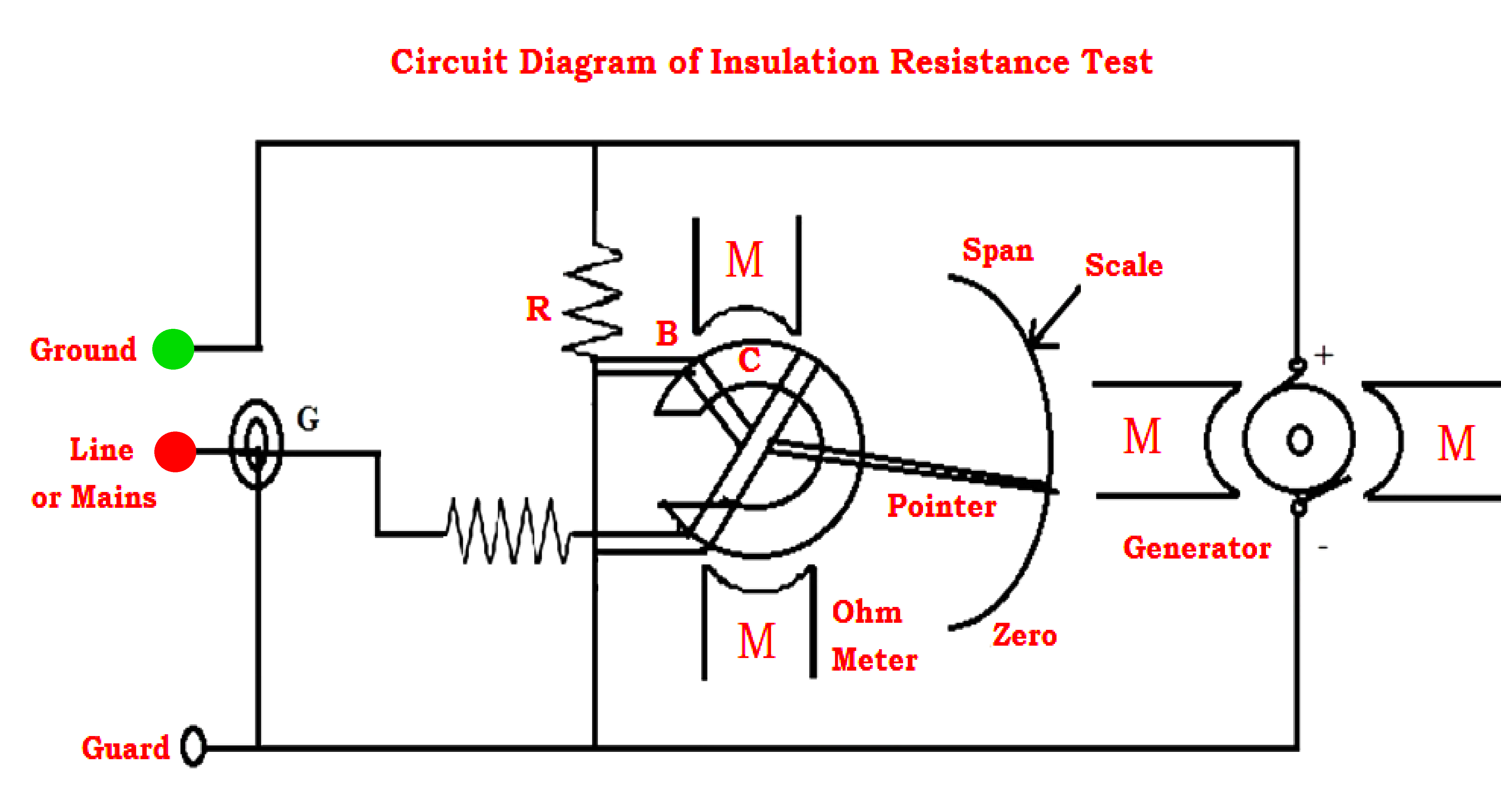
Ohms Law can be used to calculate insulation resistance.
If we apply a voltage across a resistor, we can calculate the current flow using the formula R=V/I. This is a fundamental technique; we should be aware of various types of current such as capacitive charge, polarization, leakage, and conduction current.
An insulation resistance tester can be used to measure insulation resistance. This tester has three terminals, two of which are simply connected to a circuit to perform the test and the third to a guard terminal.
This terminal is used to select specific electrical components within large plant machinery.
Testing of Insulation
The following procedure dissipates testing of insulation.
Before using the megger instrument, we must determine whether it provides an infinity value when not connected and a zero value when the two terminals are connected and the handle is turned.
To perform an insulation resistance test, make sure the cable is disconnected from any devices and that there is no eddy current within the device by grounding it.
Because resistance is proportional to temperature, the instrument must be at its normal operating temperature.
Check that both ends of the cable are separated from one another. Connect the megger’s two terminals to the conductors to be tested. If the reading is infinite, the conductor’s insulation is adequate.
This test is important because it determines the dependability of the insulation between conductors. This test aids in the detection of short circuits within the circuit.
Types of Insulation Resistance Tests
Generally, we know that this Insulation Resistance Test is conducted by using a megger or mega-ohm meter.
Insulation Resistance Tests can be classified into three types as
- Short-Time or Spot-Reading Test
- Time-Resistance Method
- Dielectric Absorption Ratio
Short-Time or Spot-Reading Test
The Short-Time or Spot-Reading test is as simple as connecting a Megger device across the insulation to be tested.
Following that, it is used for a short period, usually 60 seconds. It is critical to remember that humidity, temperature, and insulation conditions all have an impact on the reading.
Time-Resistance Method
The Time-Resistance testing method frequently yields conclusive results with no prior test results. This test is primarily dependent on good insulation absorption compared to contaminated insulation.
Throughout the insulation test, a device such as Megger will take straight readings at specific times and record the differences. If the insulation is good, this type of time resistance test should show a consistent increase in resistance over a set period.
Dielectric Absorption Ratio
Dielectric Absorption Ratio is the ratio of two time-resistance readings, and it is extremely useful for recording insulation data. A one-minute reading, for example, can be divided by 30 seconds of reading; thus, a Megger device will make this test easier and provide the best results.
So, while this device can run for one minute, it also allows you to take readings every 30 seconds and every minute.
Advantages of Insulation Resistance Test
- The following are some of the benefits of the insulation resistance test.
- The insulation resistance test determines how effective the insulation is at limiting current flow.
- These tests are extremely useful for determining the quality of insulation.
- To avoid electrical shocks, this test is recommended.
- It is a quality control measure used during the manufacturing of electrical equipment.
Applications of Insulation Resistance Test
- The following are examples of insulation resistance test applications.
- This test is performed to avoid hazards such as short circuits and electric shocks caused when the insulation within electrical devices, equipment, and parts used in buildings and industrial plants deteriorates over time.
- The Insulation Resistance test determines the entire resistance among any two points segregated by electrical insulation.


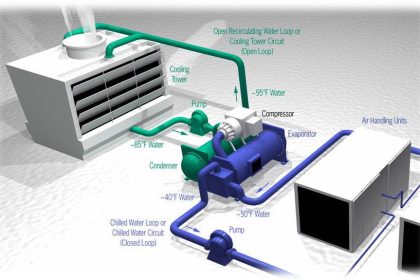


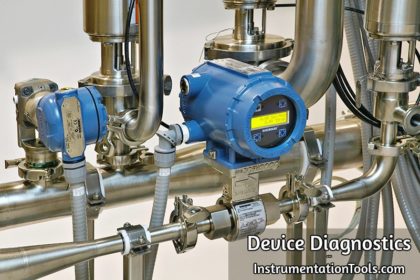
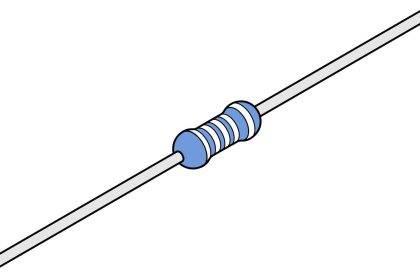
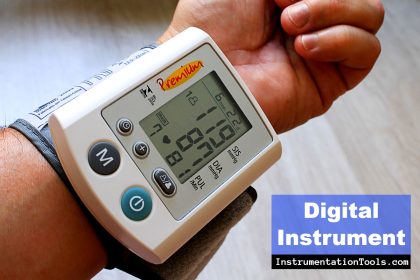

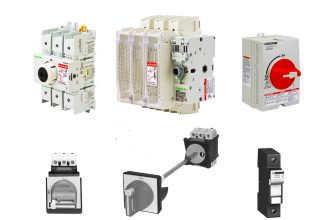



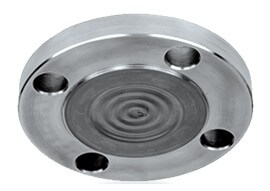



What is the minimum value for the insulation resistance in a domestic electric installation?